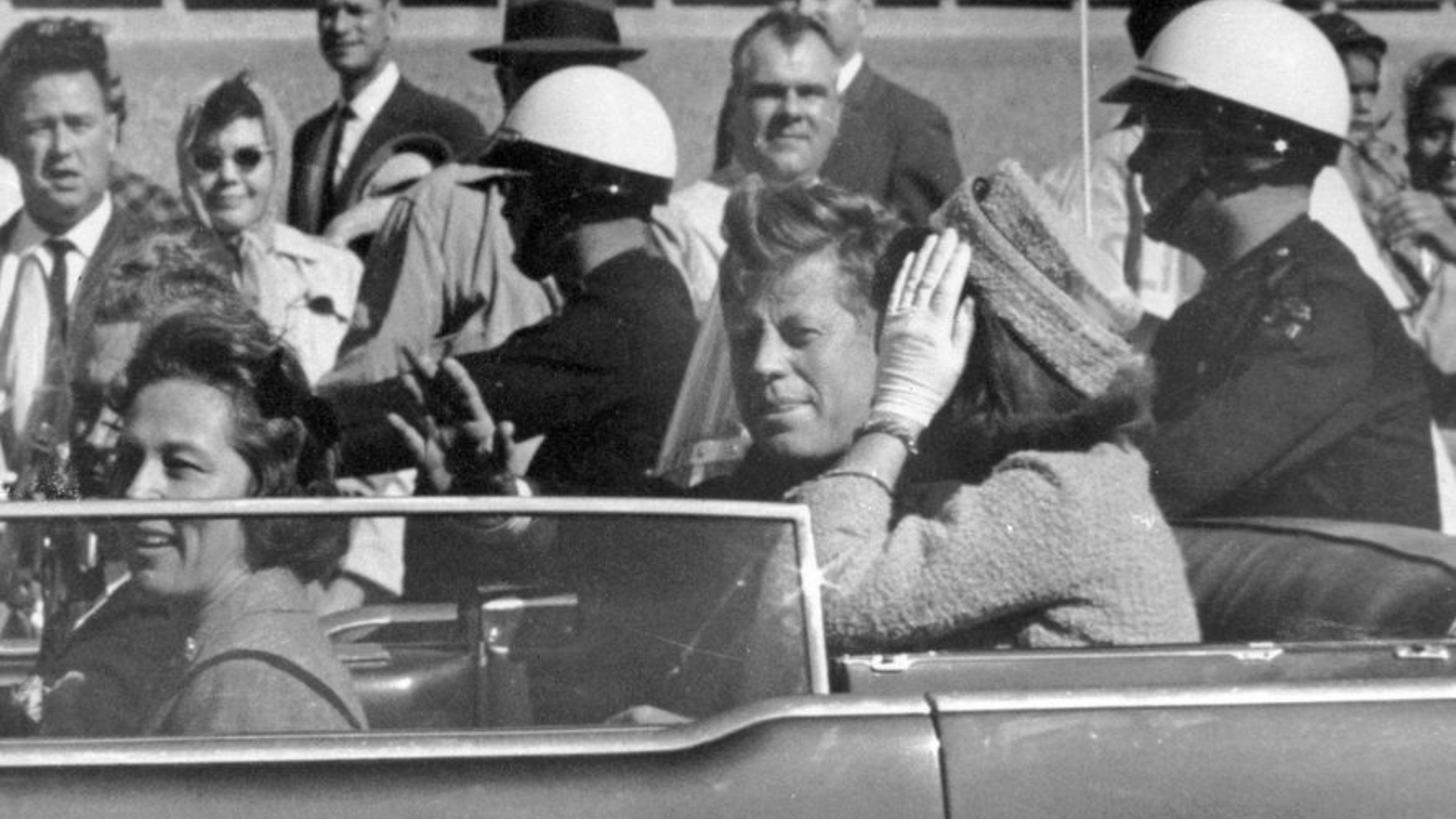Nicole Raz
WMAL.com
WASHINGTON — (WMAL) The District of Columbia has a feral cat problem, and the Department of Energy & Environment is looking to fix it.
Department Director Tommy Wells told WMAL that current procedure requires the trapping, neutering, and release of the feral cats often onto National Park Service land, where they are harming other wildlife.
“Cats are responsible for anywhere from 1.5 billion to 4 billion bird deaths per year nationally,” he said. Bird deaths are especially problematic in DC because about 240 species of birds pass through the District.
“Many of them are endangered–like the songbird,” Wells said.
The Environment Department released a draft of its “Wildlife Action Plan,” which does not state a plan for dealing with feral cats.
“We’re receiving comments from the cummunity [until Sept. 7] and what the plan does say is that the number one threat to species of birds and rodents and reptiles are invasives–species that are not generally found in their natural habitat,” he said–namely deer, Canada geese, northern snakeheads, blue catfish, and feral cats.
“We’re going to take a look and see if we’re currently doing the best practiceies, if there’s more that can be done–but this is one of the main threats to wildlife in Washington, D.C.,” Wells said. “One option, of course, would be euthanizing feral cats.”
But Becky Robinson, the President and Founder of Alley Cat Allies, said euthenizing cats will not promote biodiversity nor help curb the feral cat population.
“Removing and killing cats has been done for decades and decades,” Robinson said, “It’s now considered a failed practice, and it’s not humane.”
Removing cats from a population causes a vacuum she said, “it just causes more cats to fill the void and to breed up to the same numbers again.”
Robinson also cited the financial strain of feral cat euthanization programs, calling them “very costly” and “ineffective.”
Feral cats are not native to D.C., but they are not easily domesticated and pose a significant threat to the District’s native fish and bird populations.
Copyright 2015 by WMAL.com. All Rights Reserved. (Photo: Wikimedia Commons)





















